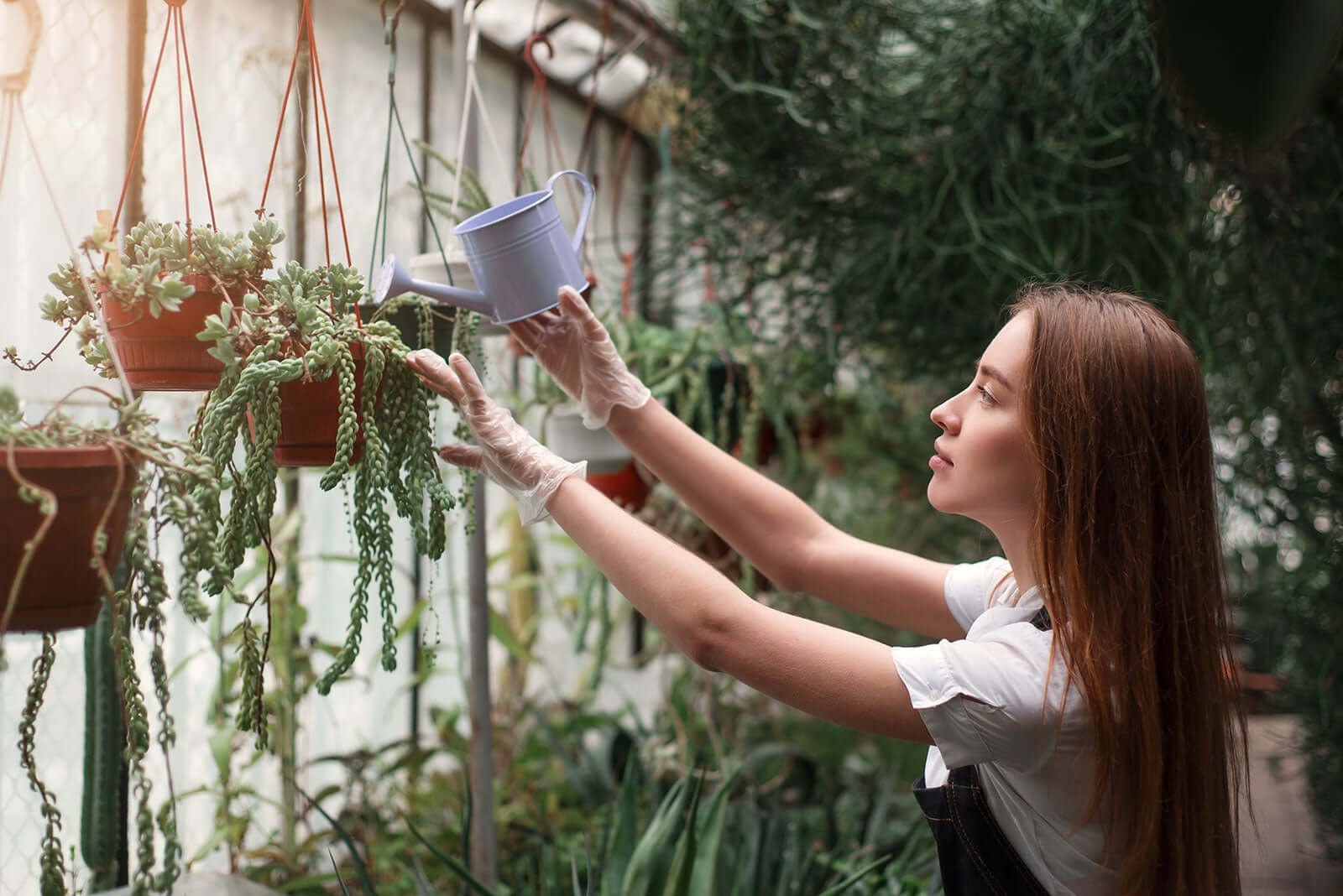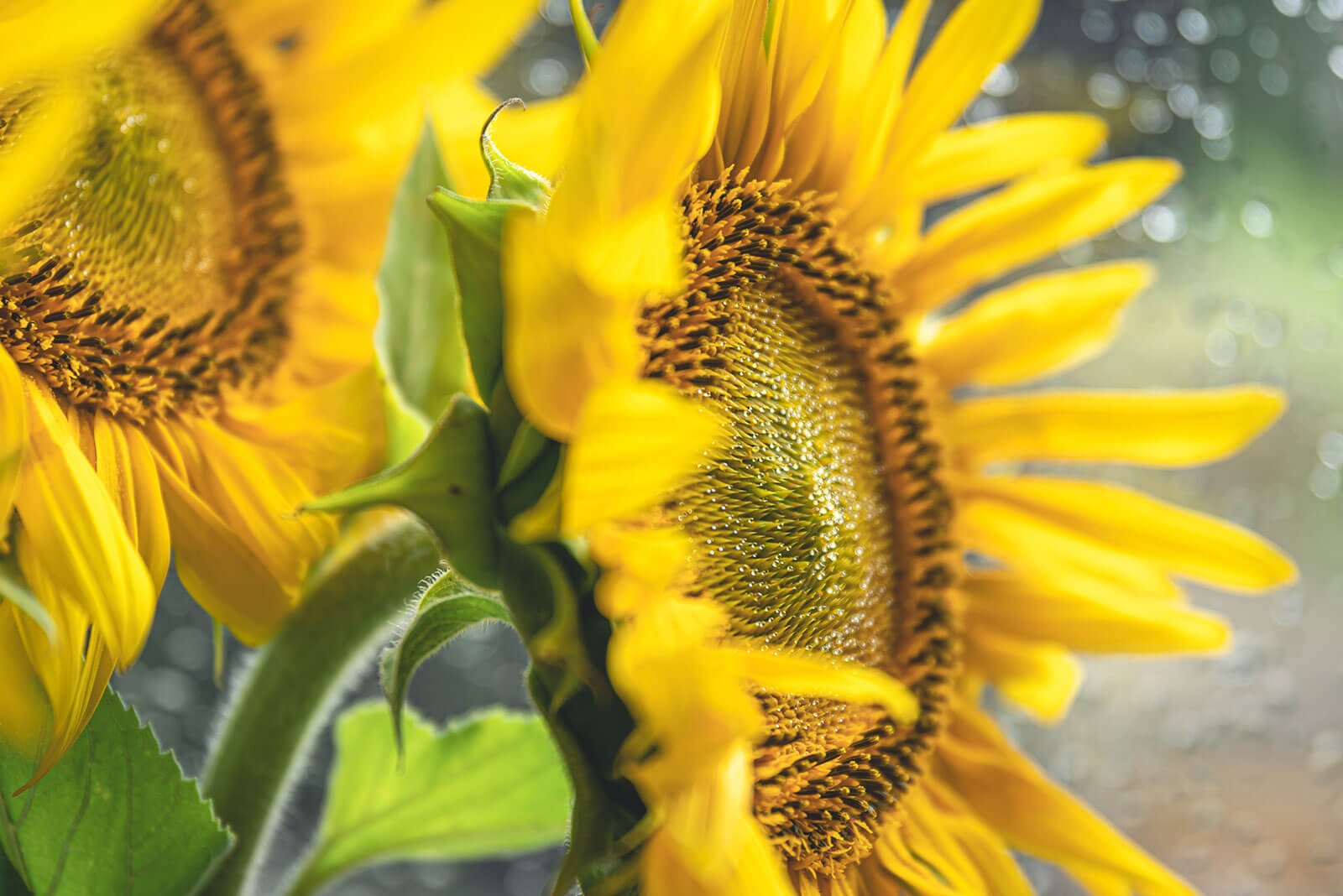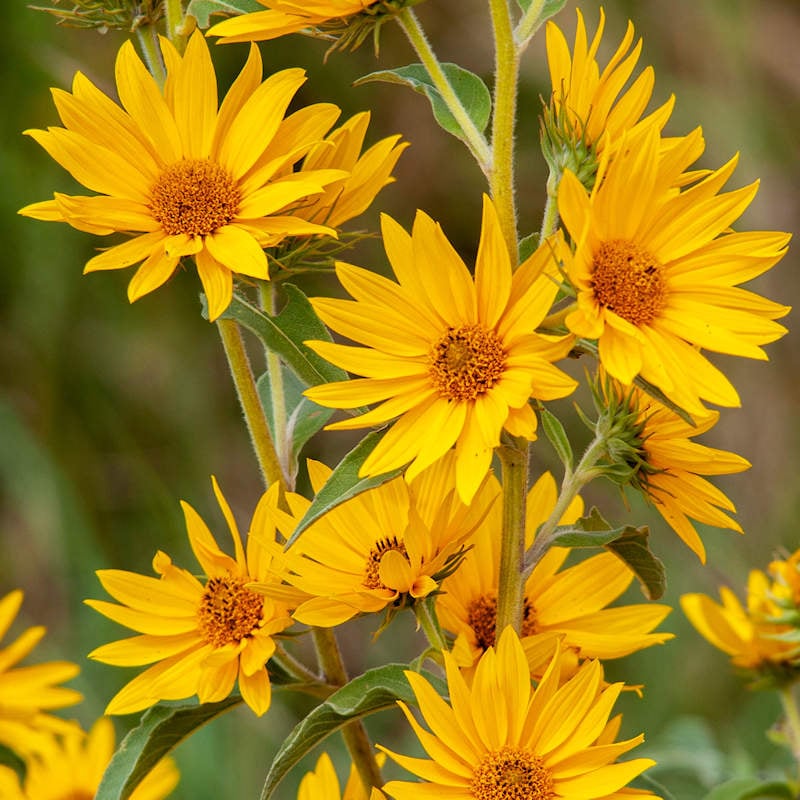Giant, golden Maximilian sunflowers (Helianthus maximiliani) are a dazzling addition to any garden. These towering plants, reaching heights of up to 10 feet, brighten your garden from late summer through fall. If you're considering planting Maximilian sunflowers, this guide will get you started. We'll cover everything from choosing the perfect location to watering tips for optimal growth and abundant blooms.
Maximilian Sunflower Planting Guide
Choosing the Right Location
Maximilian sunflowers crave full sun. Look for a spot that receives at least 6-8 hours of direct sunlight daily. This sun-drenched environment helps them grow and in no time you'll be seeing a fully bloomed Maximilian sunflower.
Soil Preparation
To give your Maximilian Sunflowers the best start, pay attention to the soil they will be planted in. These sunflowers thrive in well-drained, loamy soil that is rich in organic matter. To prepare the soil, start by loosening it and remove any weeds or debris.
Additionally, you can enhance the soil's fertility by adding compost or well-rotted manure. If you're unsure of your soil drainage, observe it after heavy rain. Standing water is a sign you may need to amend your soil.
Planting and Spacing Guidelines
Plant Maximilian sunflower seeds directly outdoors in the spring, after the last frost. Alternatively, you can start them indoors 4-6 weeks before the last frost date for your specific area. Sow the seeds at a depth of approximately 1/2 inch.
If you prefer, you can buy Maximilian sunflower plants from a reputable nursery like TN Nursery. When planting the nursery-grown plants, make sure to plant them at the same depth as they were growing in the nursery container.
Regardless of whether you choose to start from seed or seedling, you need to place the plants evenly. Leave a gap of 18-24 inches between each sunflower plant. This spacing gives them sufficient room to develop roots and prevents overcrowding.
Watering and Fertilization Tips
During their first year, Maximilian sunflowers need regular watering to develop strong roots. Water once or twice a week, providing about an inch of water in total, depending on weather conditions. Adjust watering as needed to keep the soil consistently moist but not soggy.
Overfertilization can lead to excessive foliage and fewer blooms. A light application of balanced, slow-release fertilizer at planting time is usually sufficient. If your soil is particularly poor, you can supplement it with a diluted liquid fertilizer once or twice during the growing season.
Maintenance Tips for Growing Maximilian Sunflower
Follow these tips to grow a beautiful Maximilian sunflowers in your garden:
Mulching
Apply a layer of organic mulch around the base of the plants. This will help retain moisture in the soil, regulate soil temperature, and suppress weed growth, giving your sunflowers the best chance to thrive.
Support the Stem
Maximilian Sunflowers can grow tall and become top-heavy. Prevent bending or breaking during strong winds or heavy rainfall by providing stakes or a trellis system for support. This will keep your sunflowers upright and flourishing.
Deadheading
Regularly remove spent flowers by deadheading. This practice encourages continuous blooming, redirecting the plant's energy towards producing new blooms rather than seed production. It also maintains a tidy and beautiful appearance in your garden.
Brighten Your Garden By Planting Maximilian Sunflowers
With this guide, you're ready to start your sunflower garden. Remember planting Maximilian sunflowers requires patience and care. Don't forget to choose the right location, provide ample sunlight, and water your Maximilian sunflowers properly. Lastly, consider using mulch to retain moisture and suppress weeds, support their tall stalks if needed, and deadhead spent blooms to prolong flowering.
Companion Plants For Maximilian Sunflowers
Read more

Did you know that with the right plants and soil prep, your garden can burst into life this spring? Spring is indeed the perfect time to refresh your garden. So before spring ends, let's first sho...

Spring is the perfect time to bring your garden to life with vibrant and beautiful plants. To create a bountiful Spring garden, select the right Spring planting plants for your garden, understand t...





